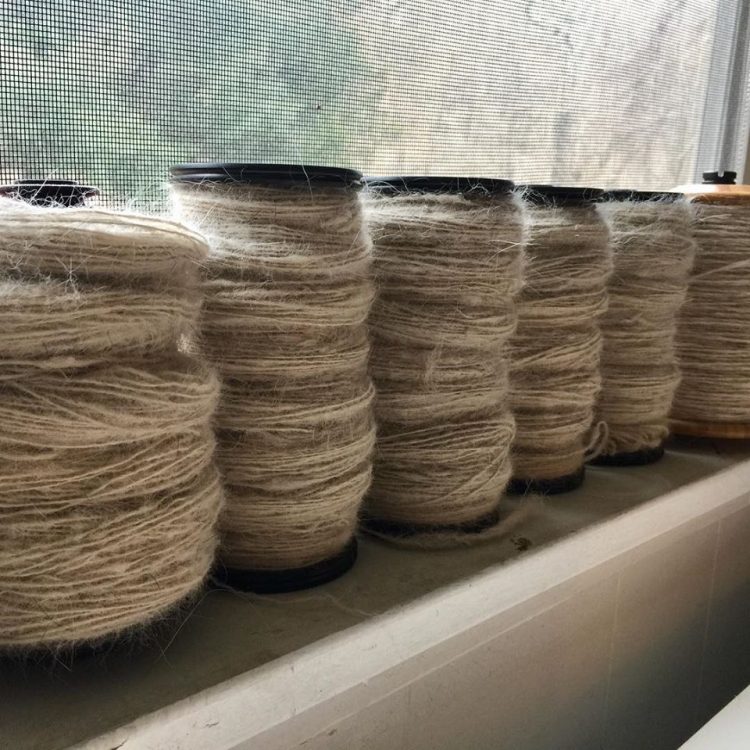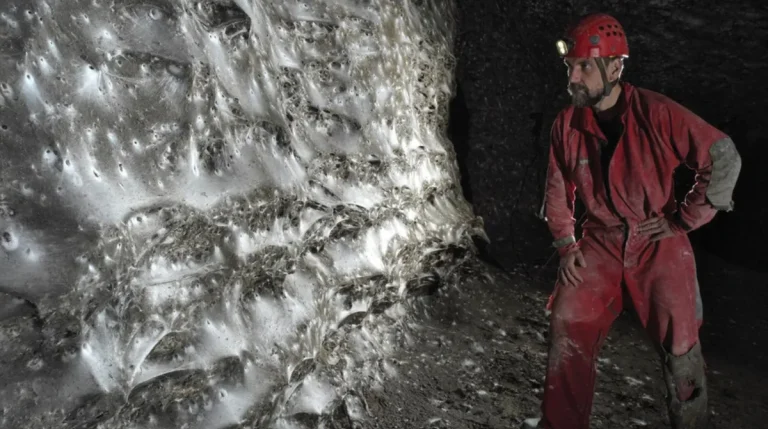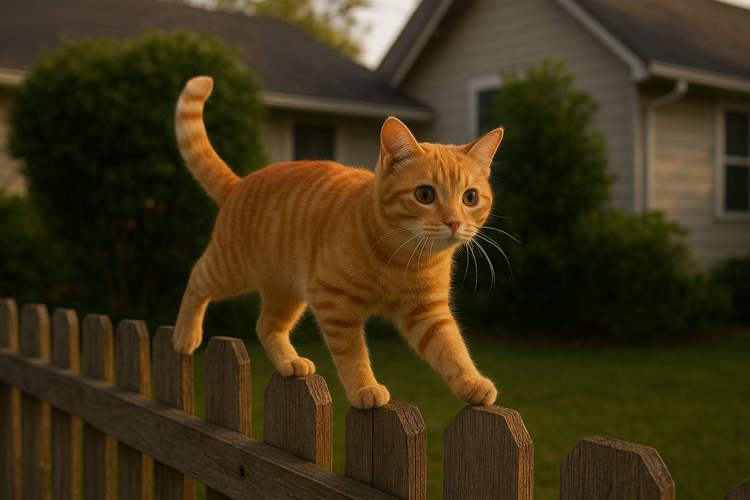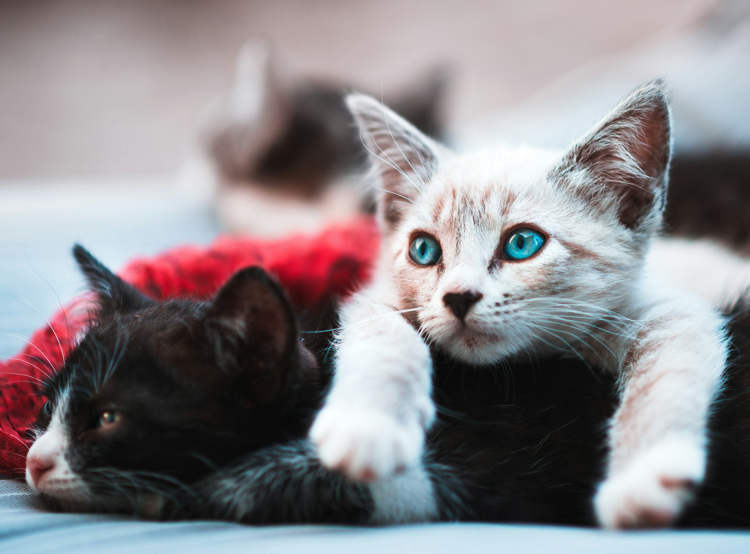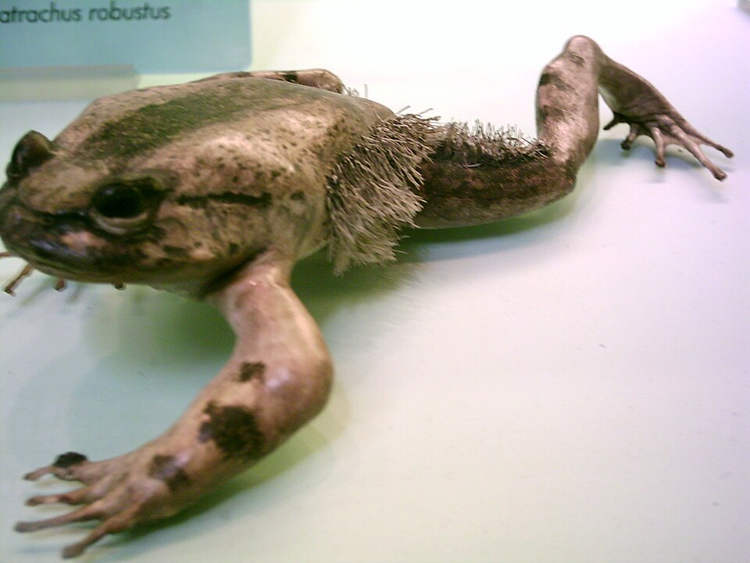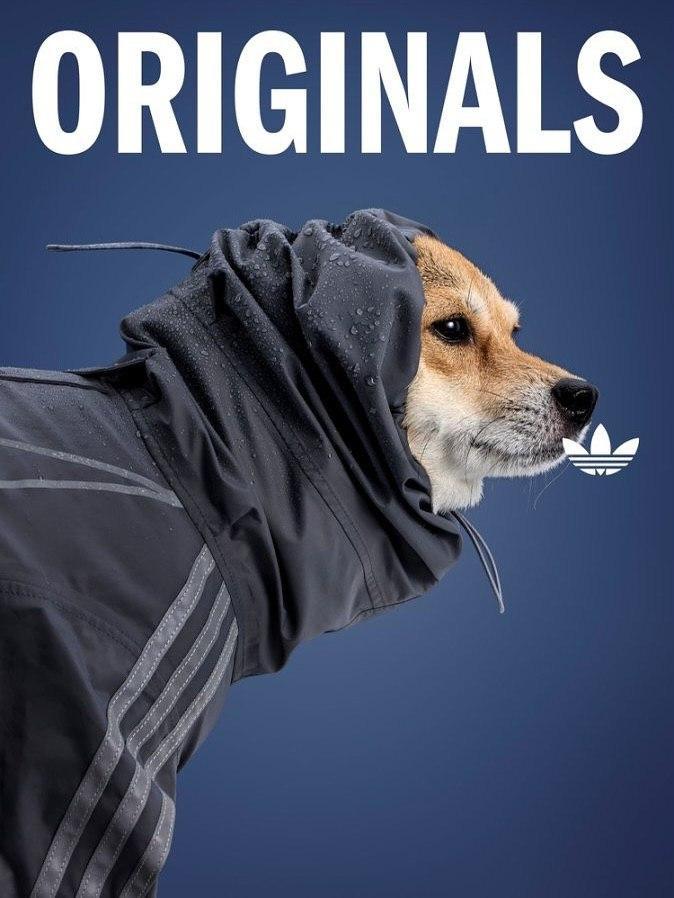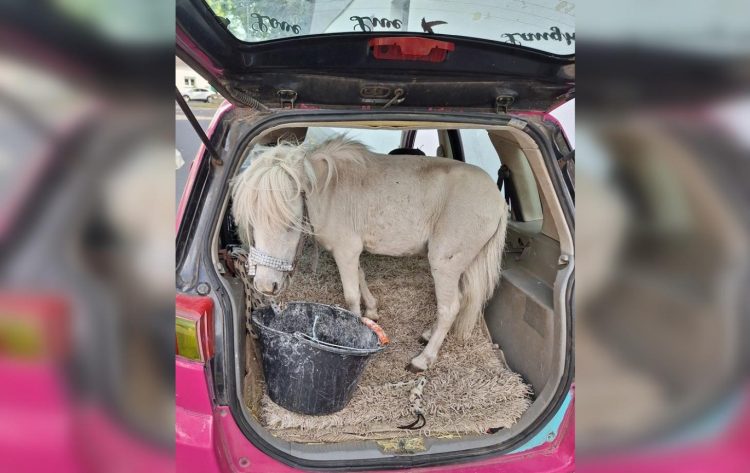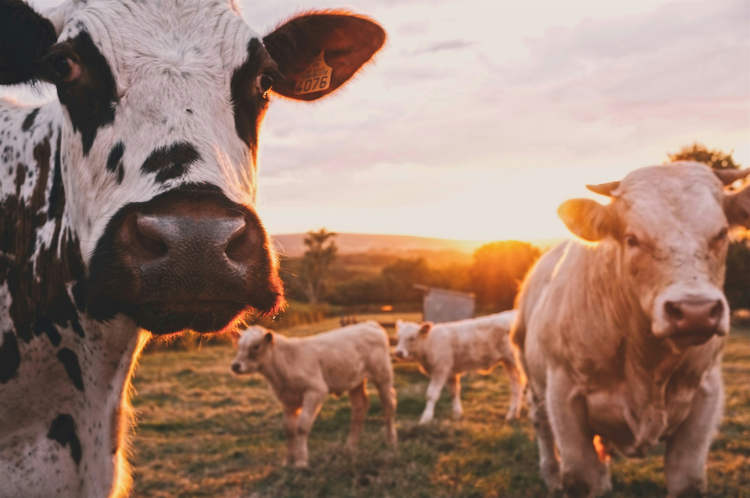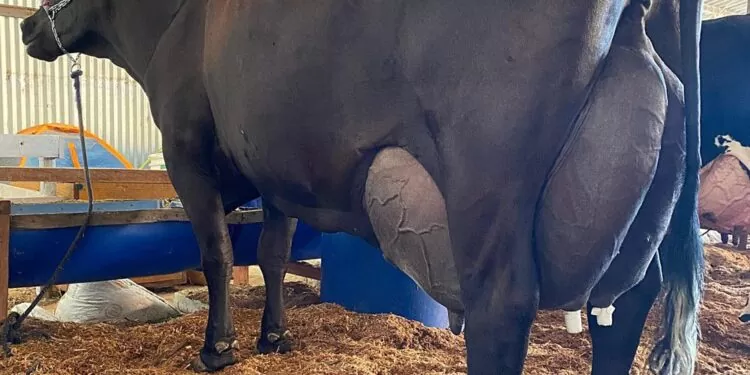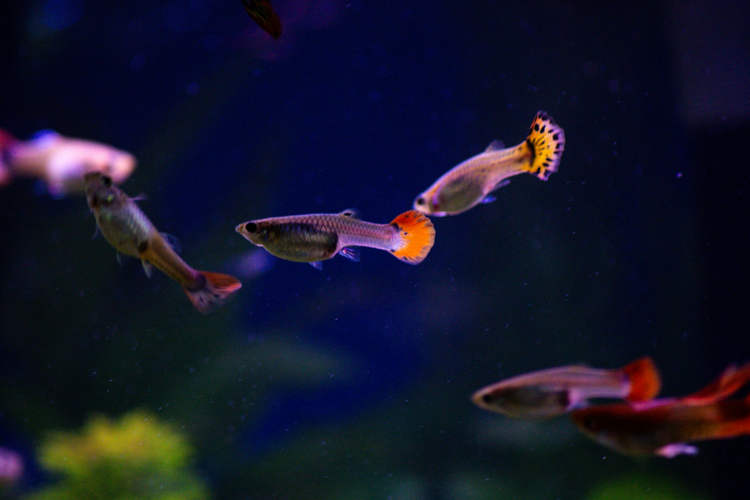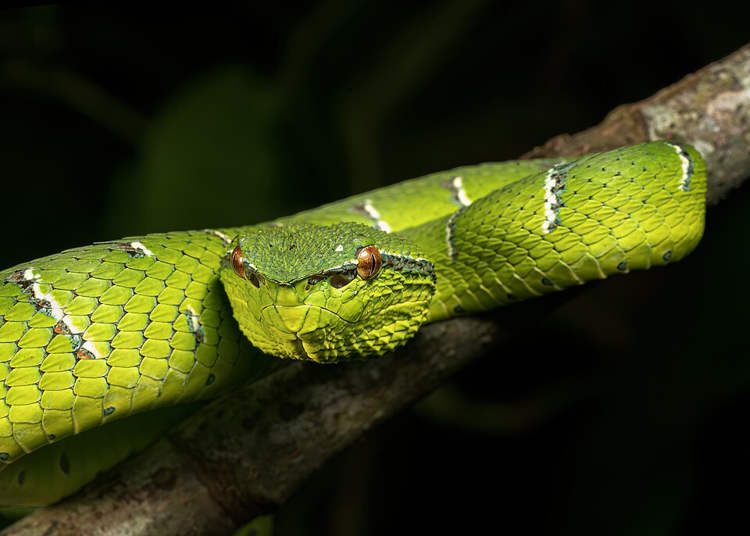45-year-old Theresa Furrer, a lifelong knitter and crocheter, is helping pet owners keep their beloved animals close to their hearts by knitting their hair into garments and accessories they can wear.
Theresa is part of a community of artists that specialize in a form of yarn spinning known as “chiengora” – ‘chien’, the French word for dog, and ‘angora’, from the yarn spun from the soft belly fur of the angora rabbit. They basically take dog and cat hair and spin it into yarn that can subsequently be used to make soft clothing or accessories for grieving pet owners. The 45-year-old Pittsburgh woman says that she understands how some people might find her craft somewhat creepy or even gross, but she is not fazed by it at all.
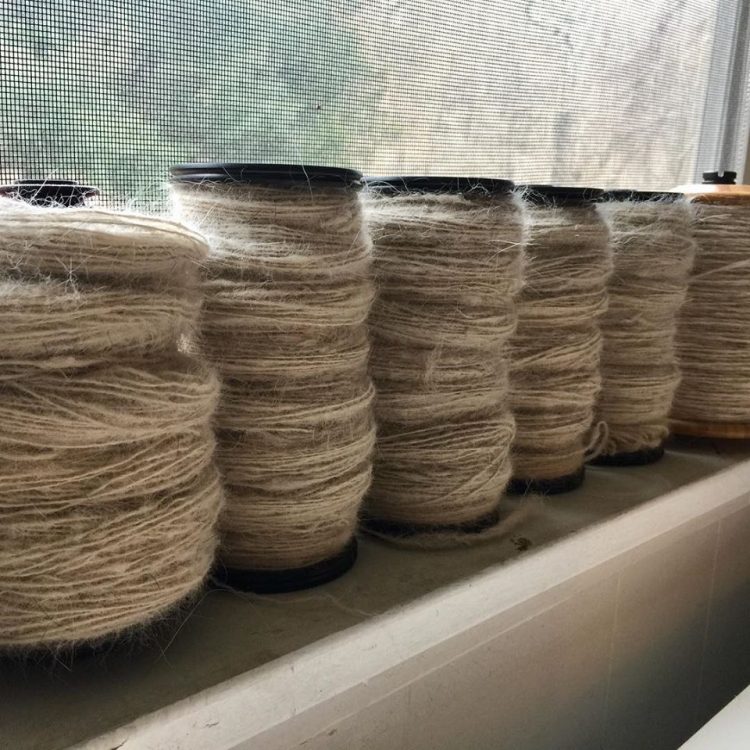
Photo: Nine Lives Twine/Facebook
Furrer’s experience with making pet hair yarn began after her own traumatizing experience. When she lost her pet cat Cleo in 2012, she decided to preserve her with the help of a taxidermist, but she ended up waiting nine months to get the cat’s preserved body back, which she describes as very traumatic. That’s when she started thinking of other ways of keeping a piece of your pet that wasn’t as extreme as taxidermy.
She bought a spinning wheel, and starting working with cotton at first, to get a hang of the process. A vegan for several decades, Furrer didn’t want to spin sheep wool, so she started working directly with cat and dog fur. Her first project was the black fur of a Poodle, which she describes as a nightmare to work with.
“Poodle is the worst dog to spin,” Theresa Furrer told The New York Times. “I was like, ‘If I can get this poodle, I can do anything’.”
At first, she always started conversations about her hobby with “Don’t think I’m crazy,” but most people really didn’t consider her crazy at all. In fact many of them had long been looking for services like that, and Theresa soon realized pet hair yarn could be a business opportunity for her.
These days, Theresa Furrer has three spinning wheels in her home, and up to a dozen different projects in various stages of the yarn making process. She will also wash the yarn if the client so desires, and sometimes mix it with a supporting fiber, like alpaca or merino, to produce usable yarn. Cat hair felts almost instantly upon contact, making it very hard to work with, but she has identified solutions over the years, because she doesn’t like telling potential clients who have lost their beloved pets “no”.
Furrer’s business, Nine Lives Twine, has produced hundreds of animal hair yarn products over the last eight years, with most orders coming from online crafts shop Etsy, and from various animal conventions she has attended. She can turn the yarn into all kinds of things, from hats and scarves, to bracelets, pillows and ‘meowmorials’ (sculptures resembling deceased pets).

